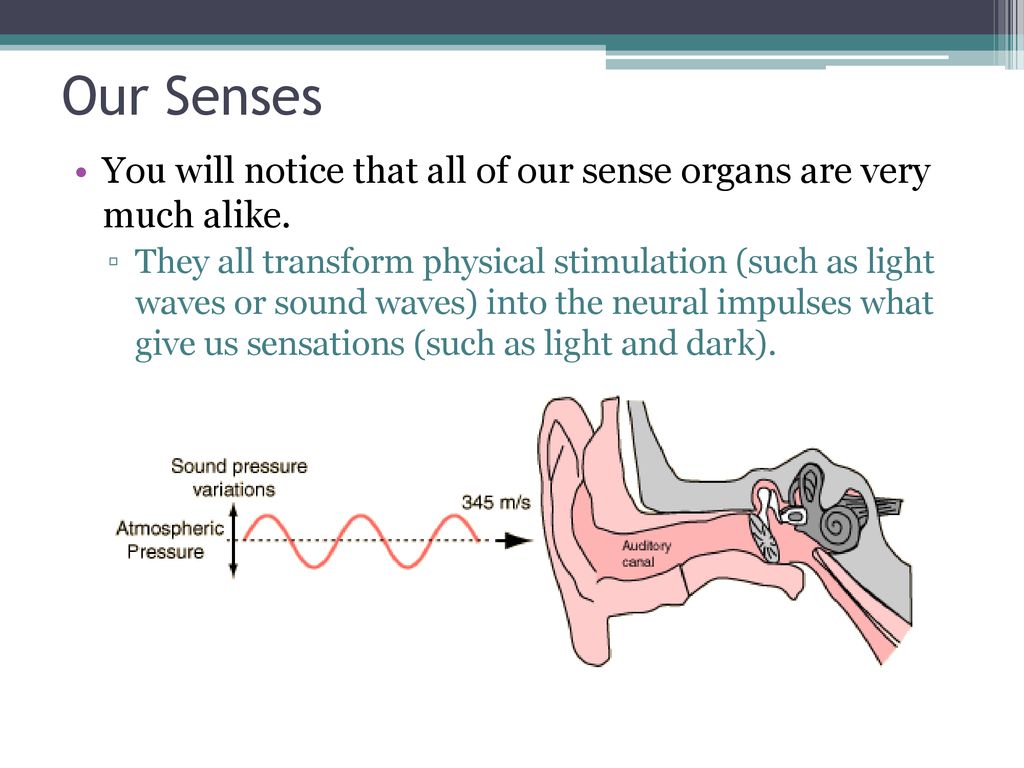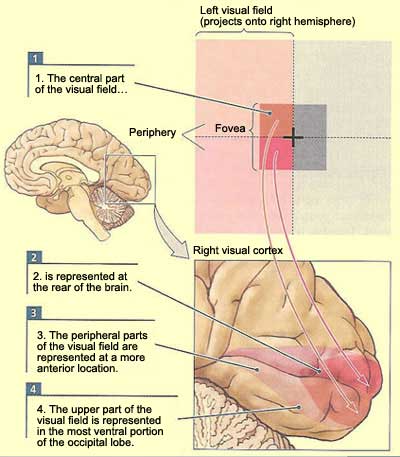Most Nerve Impulses From Our Senses Are Routed Through the
It specifically involves sodium and potassium ions. When light hits its corresponding rod or cone the cell activates firing a nerve impulse through the optic nerve the middle man between the eye and the brain.
Why do odors sometimes alter our moods.

. Thalamus-Can an ipx protocol be routed. Contrast the pathways involved in the production of acute and chronic pain. A child was frightened by a large dog.
A nerve impulse is the electric signals that pass along the dendrites to generate a nerve impulse or an action potential. Enables vastly greater transmission speed of neural impulses as the impulse hops from one. All of our senses with the exception of smell are routed through the thalamus before being directed to other areas of the brain for processing.
We know from monitoring. The thalamus relays sensory impulses from receptors in various parts of the body to the cerebral cortex. Visual reception occurs at the retina where photoreceptor cells called cones and rods give an image color and shadow.
This means that chemicals ions cause an electrical impulse. An action potential is due to the movement of ions in and out of the cell. Name the extrinsic eye muscles that allow you to direct your eyes.
The nerve impulse will travel down the length of the neuron to the end of the axon. Most nerve impulses from our senses are routed through the. Action potentials from sensory receptors travel along neurons that are dedicated to a particular stimulus.
Describe the path of the signal yellow dot through the brain. The visual cortex in the brain interprets the image to extract form meaning memory and context. Neurones send messages electrochemically.
Nerve impulses are received at neuronal dendrites passed through the cell body and are carried along the axon to the terminal branches. This sensation is then passed onto the cerebral cortex for interpretation as touch pain or temperature. Therefore not surprisingly smell can evoke emotional responses in ways that other sensory modalities cannot.
Nerve impulses have to be at the heart of consciousness inasmuch as impulses contain the brains representation of information and create the synaptic field potentials. Most nerve impulses from our senses are routed through the. A sensory impulse travels from the body surface towards the thalamus which receives it as a sensation.
These branches end at junctions called synapses. Lens retina cones rod. Neurones and muscle cells are electrically excitable cells which means that they can transmit electrical nerve impulses.
Familiar neurotransmitters include GABA serotonin and dopamine. When it reaches the axon it releases chemicals into the brain called neurotransmitters. The Brain Cranial Nerves Aut.
Stimulation of the parasympathetic nervous. When the nerve impulse reaches the end of the axon there are some chemicals released from the neurotransmitters. The thalamus serves as the relay center of the brain where most senses are routed for processing.
These chemicals are made to travel past the axon through the synapse gap and then they deliver the. The transmission of a nerve impulse along a neuron from one end to the other occurs as a result of electrical changes across the membrane of the neuron. Most nerve impulses from our senses are routed through the.
The brain distinguishes sensory stimuli through a sensory pathway. Most nerve impulses from our senses are routed through the. Most sensory signals are routed through a region of the brain called the thalamus.
They diffuse across the synaptic gap which is the small space present between the axon and the receptors. Interestingly the sense of smell projects directly to the limbic system. Stimulation of the sympathetic nervous system.
The pupils of the childs eyes became dilated and the heart and respiratory rates increased. How do sensory receptors communicate a stimulus to the brain. Trace the pathway of light from the time it hits the cornea until it excites the rods and cones.
What is a synonym for beat decisively. Most sensory information is routed to the cerebral cortex via the thalamus. The limbic system is involved in processing both emotion and memory.
These impulses are due to events in the cell membrane so to understand the nerve impulse we need to. They are moved in and out of the cell through sodium and potassium channels and sodium-potassium pump. These symptoms were due to.
The thalamus is a sensory relay for the brain. Stimulation of both the parasympathetic and the sympathetic nervous systems. Signals are sent from the optic nerve to the thalamus and then the visual cortex in the brain.
The membrane of an unstimulated neuron is polarizedthat is there is a difference in electrical charge between the outside and inside of the membrane. This impulse travels across countless nerve endings and eventually ends up with our pal the occipital lobe where its processed and perceived as a visible image. The organs of static equilibrium are located within the _____ and employ shifting _____ to set up nerve impulses.
A layer of fatty tissue segmentally encasing the fibers of many neurons. Nerve impulses can be transmitted either by the electrical synapse or the chemical synapse. Since axons can have numerous branches nerve impulses can be transmitted to numerous cells.
Transmission of Nerve Impulses. The thalamus serves as the relay center of the brain where most senses are routed for processing. Most nerve impulses from our senses are routed through the.
The thin sheath around a nerve axon including myelin where this is present. The image is transduced into neural impulses and then transferred through the optic nerve to the rest of the brain for processing. Because sensory input from olfaction is routed through the limbic system.



Comments
Post a Comment